Pixelfed account: https://pxlmo.com/buffy
- 62 Posts
- 78 Comments

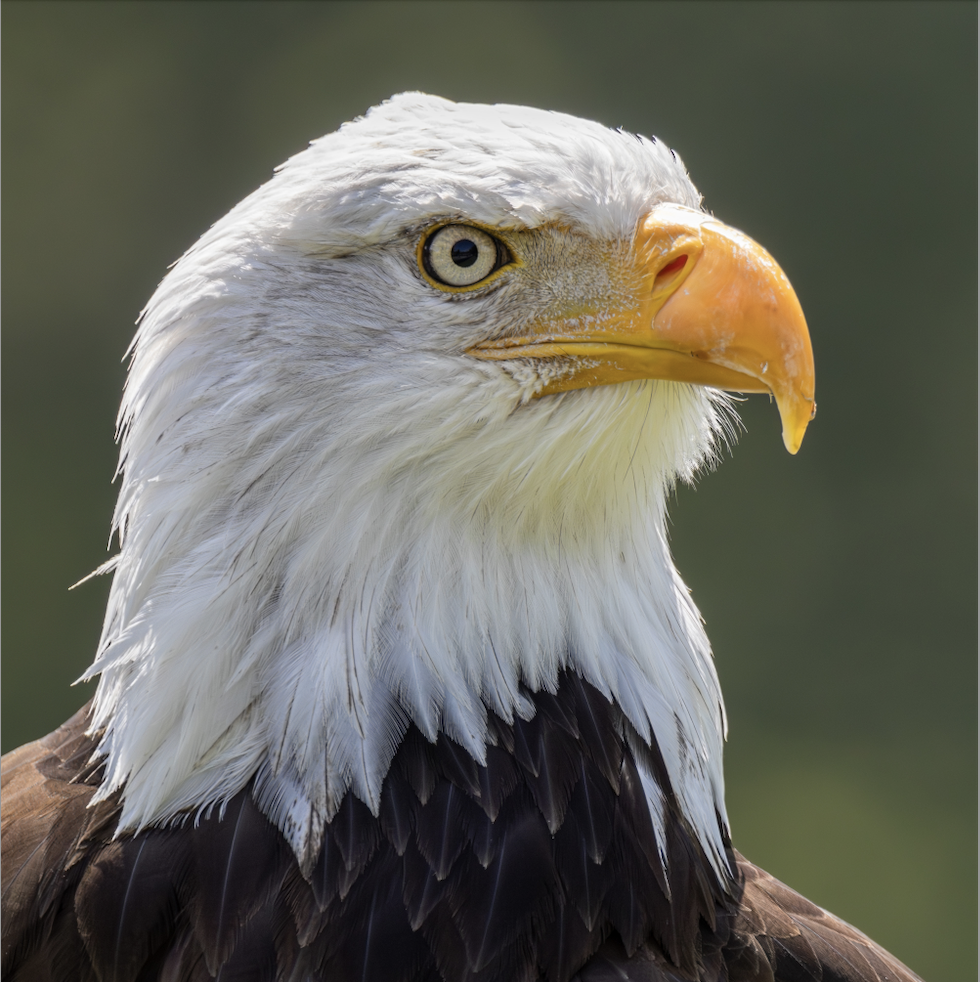 2·3 months ago
2·3 months agoThanks! It’s always nice to see a Steller’s Jay, gotta love their mohawks and beautiful colors!
 2·3 months ago
2·3 months agoI am not familiar with super long reach photography, but I love telescopes. As a matter of fact, the latest DPReview photography challenge winner got the shot using a M43 camera with a telescope. Maybe you could look into digiscoping for your next trip if you need insane magnifications like 1200mm-3000mm or more. That should be way cheaper than a modern, high quality lens with extra features like stabilization and blazing fast autofocus.
My pleasure. I’m looking forward to seeing your posts if you ever feel like sharing. If you have any questions, you can ask them here and I’d be happy to help!

 1·3 months ago
1·3 months agoOh, of course I’m not comparing them to those forsaken seabirds!

 2·3 months ago
2·3 months agoI actually think something like that was happening when I took this picture. The park was full of birds and the jays were all hanging out together, collectively making a lot of noise seemingly out of nowhere.
Bear in mind that I’m not a pro and I’m a hobbyist with “entry-level” equipment that I bought more than 10 years ago, even though I started shooting birds the past year or so. I’m commenting to add the perspective of a person who just happens to casually photograph birds on weekends.
I mostly use a Nikon D3200 APS-C with a kit lens (18-200mm), but I’ve had a Sigma 18-300mm and a Tamron 150-600mm in the past.
First thing that might surprise you, I end up with way less keepers than a person with reliable autofocus and good low-light performance.
Second, you do need to get pretty close most of the time, regardless of reach, especially for small birds. Usually, I will take “safer” shots and approach the bird slowly, trying to achieve the frame that I want.
Here’s an example of a “safer shot”, straight out of camera (using the 18-200mm lens):
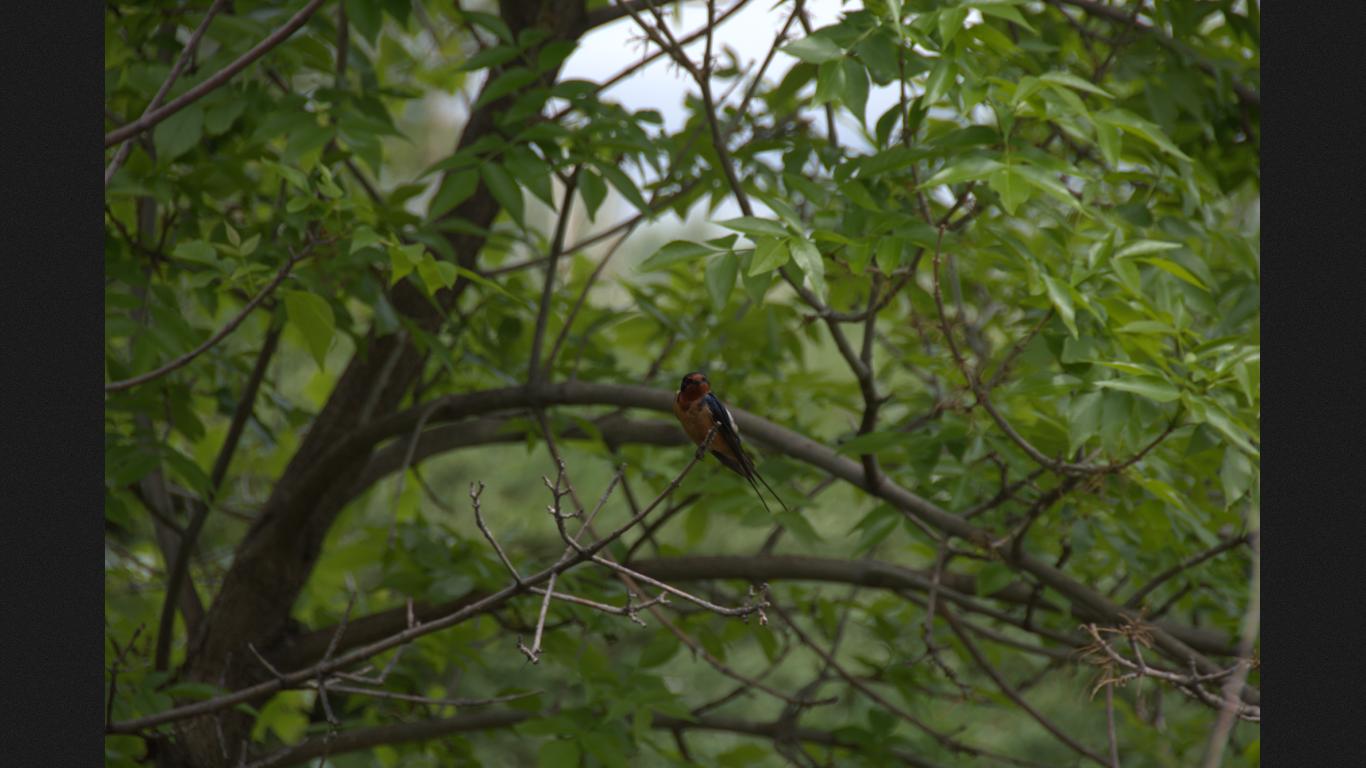
I could walk forward two more steps to improve framing, before I was limited by a creek in front of me,
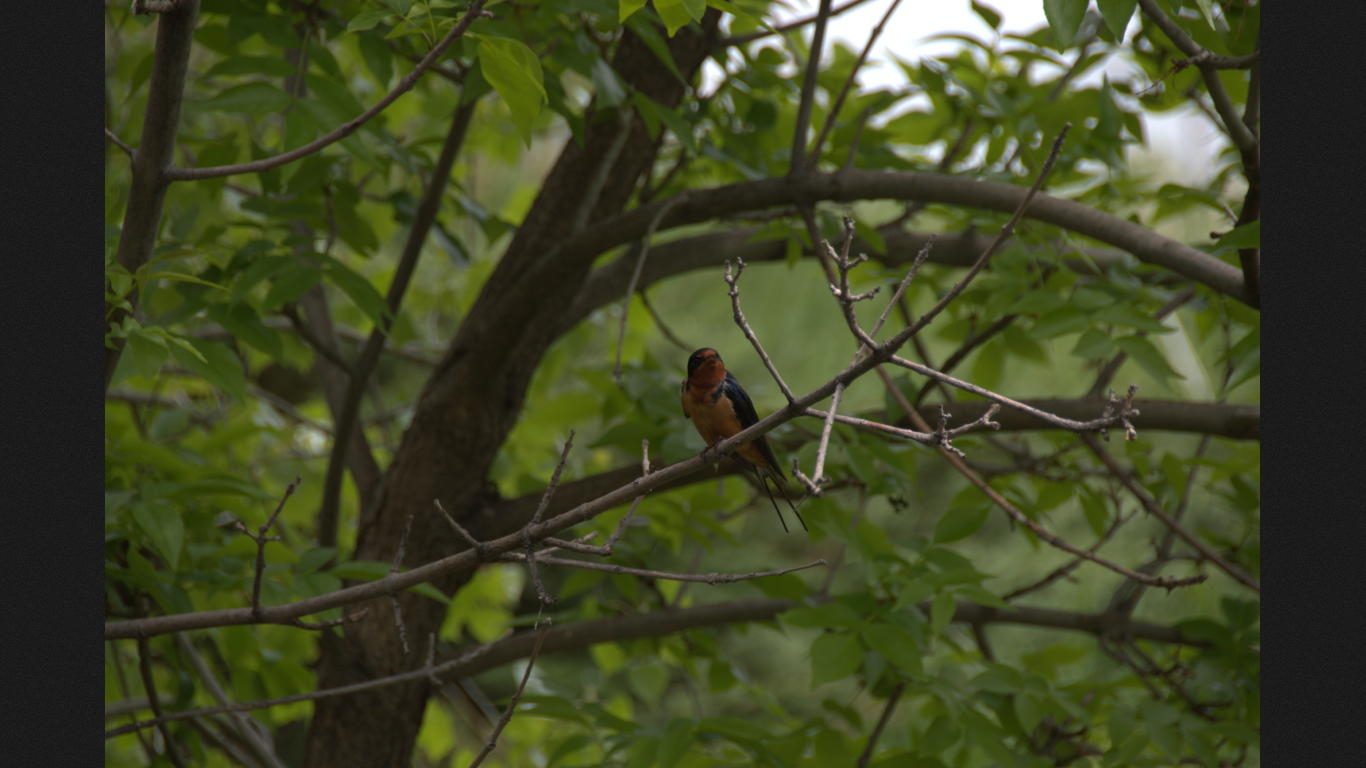
The final shot, illustrating how much I usually crop
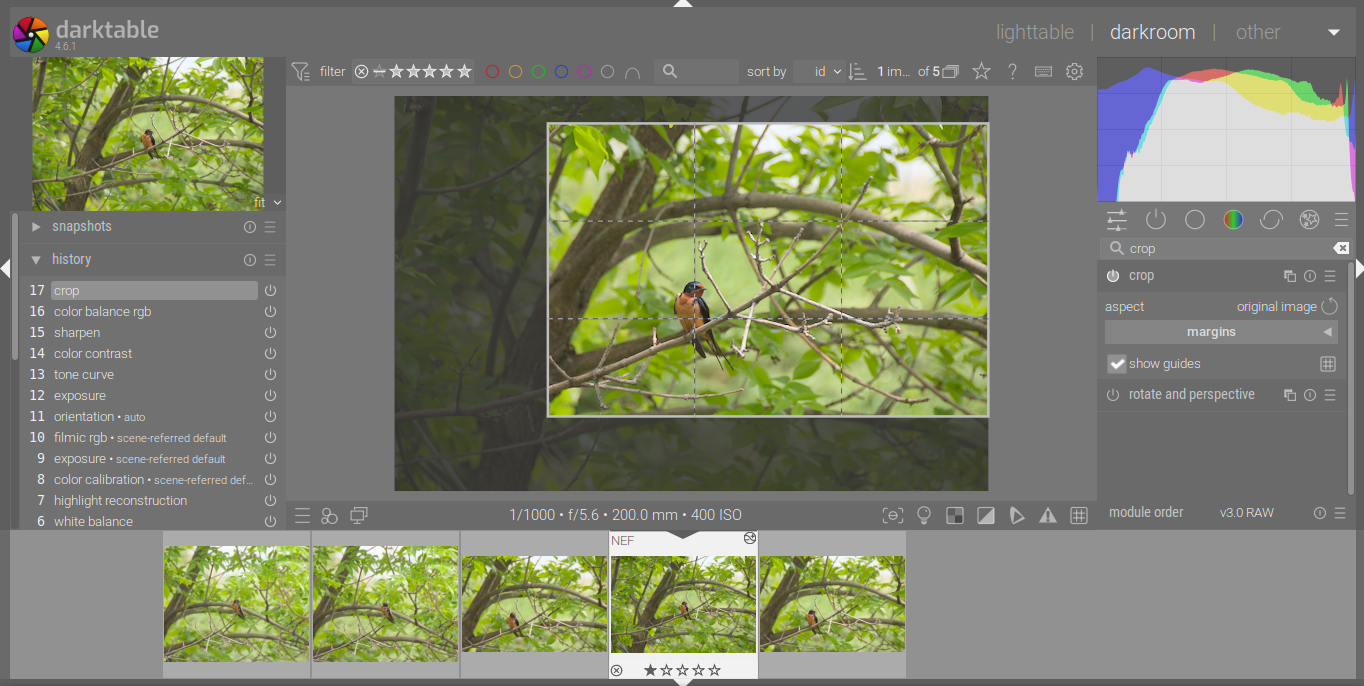
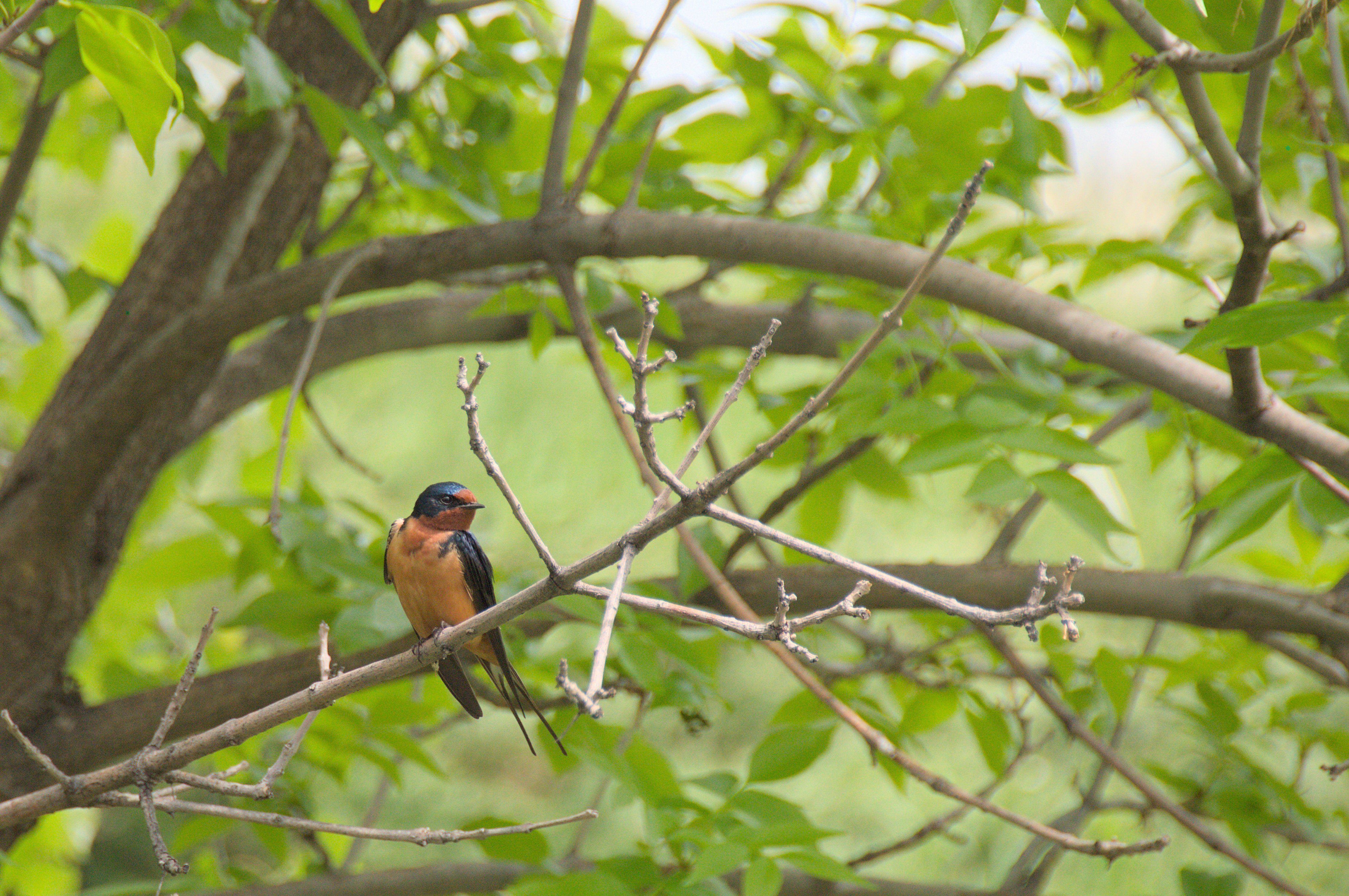
Using the same Barn Swallow location as an example, I know from experience that they perch there if I “come early” and wait standing still for long enough (~15 minutes). So that’s what I did when I went there the other day, standing at the same spot, but using the Tamron 150-600mm instead. This time, I didn’t have to crop, since I pre-framed my picture, knowing their approximate size and that they would be there sooner or later.
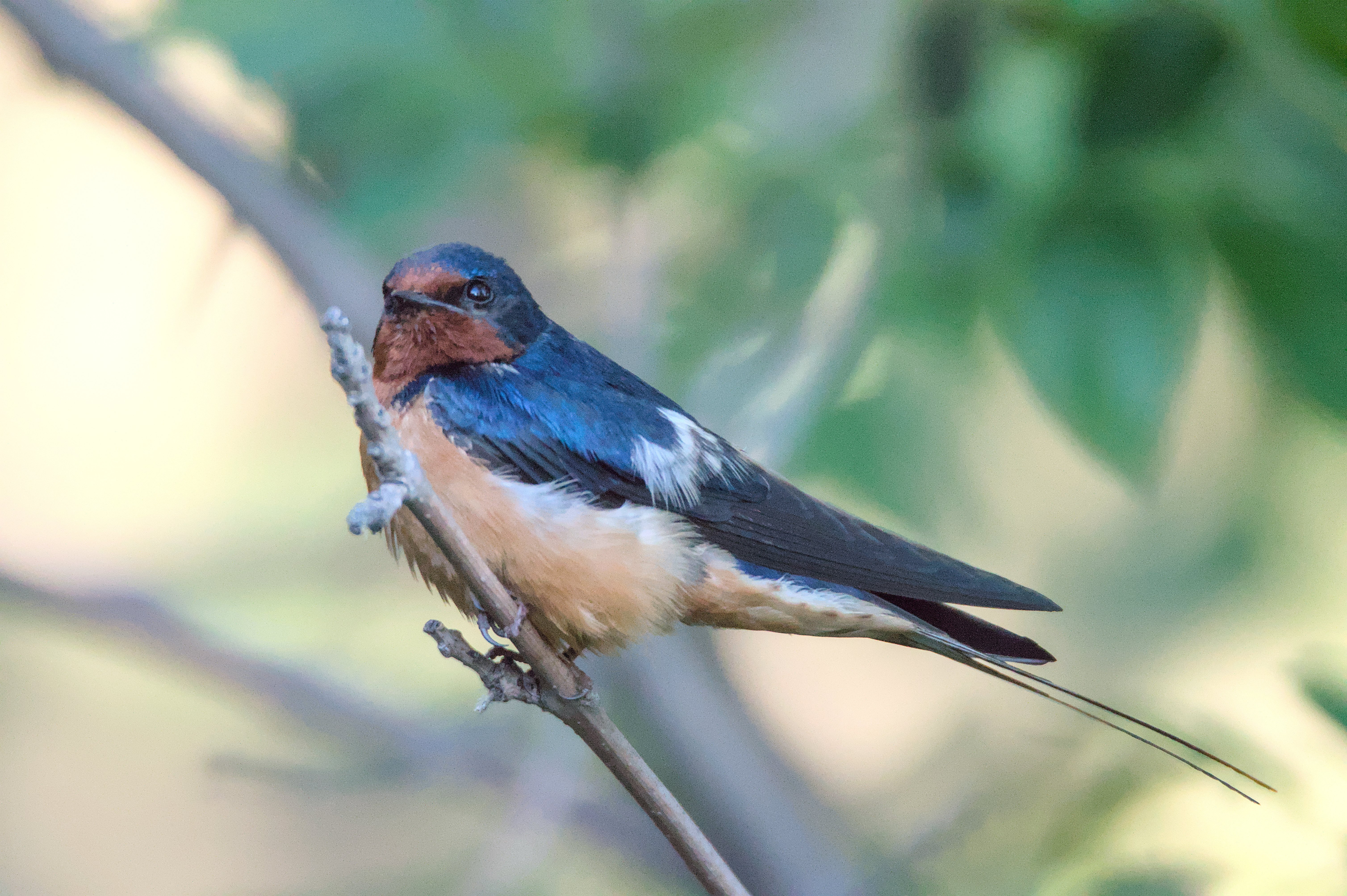
There are situations where you need to crop a bit more, especially for birds that are both small and fast.
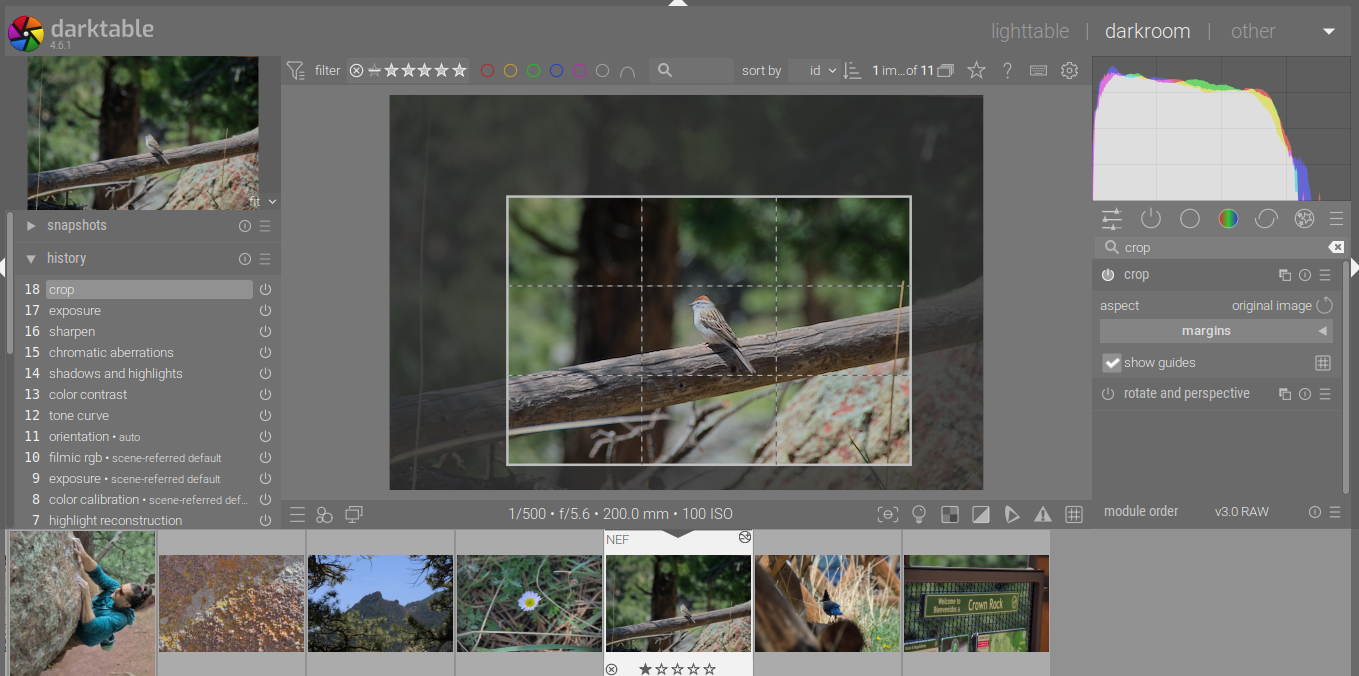
It took me close to 30 minutes to take this photo (D3200 + 18-200mm), since the chipping sparrows were zipping around, so I had to patiently wait for one to be within reach. I took exactly 6 pictures, two steps, lay down on the ground, one shot, two steps, lay down on the ground, one shot, repeat. Until the bird flew away.
I would say 200mm on cropped (300mm full frame equivalent) is when you can start to get good pictures: challenging but doable. 300mm on cropped is fairly nice (450mm equivalent). I don’t think there are crazy improvements from 450mm–600mm, since 450mm is already nice for larger birds like jays or blackbirds, and ~500mm may be too short to reliably capture some smaller songbirds. 800mm or so is the longest I’ve tried and IMO it would be very challenging to have good enough technique to pull it off beyond that.
Of course, a person with a high-resolution, low-light beast will be able to crop more aggressively than I do. Especially if they just post their pictures online, where basically anything at 2MP or so will do.

 3·3 months ago
3·3 months agoOh yes! Here they can be really shy when they’re not in the mood, but on chatty days, oh boy, they will be caw, caw, caw, caw staring at you the whole afternoon.
Ha, so you’re implying my kids are going to grow up to be fertile adults with all the microplastics out there
 2·4 months ago
2·4 months agoOf course I like them. They are nice pictures!
I’ve actually just arrived from my trip to the camera store and I was amazed by how small those lenses are. I was expecting the M43 lenses to be rather small, but not that tiny! I can totally see how a full setup with a couple of lenses would fit in a small camera bag/insert.
Exposure bracketing is indeed something I wish I had. I assume I would use it all the time, because my snow and skies are blown out fairly often.
I think the wifi control is cool as well. I can do the same thing with my gopro and I love it. I can place the camera somewhere and just comfortably walk away and shoot from wherever I am!
The G9 looked appealing online, but after seeing it in-person today, I felt like the body looked to big compared to what I originally had in mind. I kind of want something pocketable when I’m not carrying a backpack with me. I don’t think I would mind hiking with it, though. We do similar distances and elevation gains, and I also use the capture clip and I have nothing to complain about it. But for day-to-day stuff, I might prefer something smaller.
I will definitely look into Panasonic cameras with the similar features but a smaller form factor, like the GX9. Thank you again for making yourself available and your willingness to help me!
 2·4 months ago
2·4 months agoI actually had the opportunity to check it out in-person today! It is a fantastic camera, impressive build quality and ergonomics. Buttons feel great and the image quality delivers. I feel like Sony is a great system because you go from compact, cropped rangefinder-style to amazing image quality, full frame SLR-style seamlessly. For now, I would prefer to stick to something smaller than the A7iii/iv, though. I was pretty pleased with the A6400. I am currently considering a model from the A6x00 (which I can later upgrade to an A7) or a mid-range M43.
 1·4 months ago
1·4 months agoThanks for the input! I am considering the A6400 and A7iii, given the amazing reviews they always get.
I don’t own many expensive Nikon lenses, but I am planning on selling the more expensive stuff that I have to switch systems. That shouldn’t really be a problem, since I got quotes from MPB and KEH that I’m happy with.
Sadly, you are spot on regarding micro four thirds and the path they are taking. If I’m not mistaken, Panasonic’s last compact micro four thirds camera was the GX-9, released in 2018. Olympus’ bodies are not smaller than other brands, either. Some of them even dwarf high-end, full frame DSLR bodies (e.g. E-M1X vs D750), while most are only slightly smaller than full frame mirrorless (e.g. E-M5iii vs A7iii). But honestly, something that bugs me a lot is exactly the situation that you were describing about your trip to Yellowstone. I live pretty close to the Rocky Mountain NP, so I’m there somewhat frequently. I must say, there were situations where I regret not bringing a long telephoto with me, and I own a nice one. I have a huge Tamron 150-600, but I can’t hike with it on top of all the outdoor gear I’m bringing, so I only use it when I’m not walking that much.
Olympus, for instance, sells the 75-300 lens which is ridiculously small for the reach you can get. Especially if you compare that to a Nikon F cropped plus 80-400 or full frame plus the 150-600, the difference in size is jarring. At the moment, the only equivalent solution I see for Sony is a cropped body with the new Tamron 70-300, which is comparable in size to the E-M5iii plus the 75-300. Which isn’t bad at all. I suspect this would be an image quality vs reach battle, where I could see either winning.
I also agree that micro four thirds is sadly becoming pricier and pricier. In contrast, the market for Sony cropped seems to be always hot.
Actually, I’ll see if my local store will have Sony and Olympus bodies in stock so I can try them out some time this week. I’ve only ever handled a Sony ZV-E10 camera, I’m curious to see how the A6x00 series feels.
 2·4 months ago
2·4 months agoI’m checking out your pictures and they do look great and sharp to me. It’s great to know that you don’t think it is a large camera to carry around with extra lenses, because the image quality is indeed amazing.
I would actually like to ask you a couple of things, if you don’t mind. How often do you use high-res modes, and does it work well? If you shoot video, How do you feel about focus tracking? Are there any other “advanced features” that you feel like have been a game changer, like perhaps focus stacking?
 1·4 months ago
1·4 months agoI almost got a Sony A6000 two months ago for that reason, to “try it out” and “review it” as a day-to-day camera. As you said, it is nice because you can progressively upgrade within the same system without having to switch entirely. I will follow the advice below and go to my local shop to hold one more recent Sony in my hands, given that they all have the same format as older models anyway.
 1·4 months ago
1·4 months agoThank you again for the tip! Yeah, specs can be read online and they are just numbers I can look up if needed. If they aren’t really that physically different, I would be interested to see how those cameras actually feel, since I’ve personally only tried out Nikon, Canon, and Sony.
 1·4 months ago
1·4 months agoThat’s actually a great tip! I was wondering if a trip to the store would be useful or not, because I’ll likely be buying an used and discontinued body. But I guess I can at least see how the different brands look and feel in person.
That is true. I’m glad that here there are people who look after our ecosystem.
But I like to think that in most cases where hikers disturb the environment, it is due to ignorance. I don’t think most people realize how fragile some habitats are and what is or isn’t okay to do, that’s why signs and barricades and whatnot are important.
Ha, that’s so cool!
It makes sense, this was close to a creek and the area is significantly fire-prone. I am sure that the recovery after a wildfire would be way harder if people were to have free access to such a sensitive habitat.

 2·4 months ago
2·4 months agoThat’s neat! The first peak you can see from right to left is Bear Peak, in Boulder. If you look more to the left from the top of Mt Morrison, you’ll be able to see Apache, Kiowa, and North Arapahoe peaks, which can be seen from where I was.

 2·4 months ago
2·4 months agoTo be fair, they are very common birds in many places!

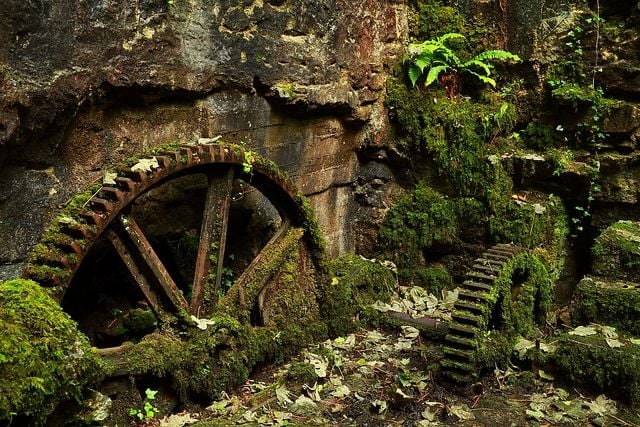

And he knows he’s the boss! I have a 4K video of him, too. I’ll see if I can upload it somewhere and share it here